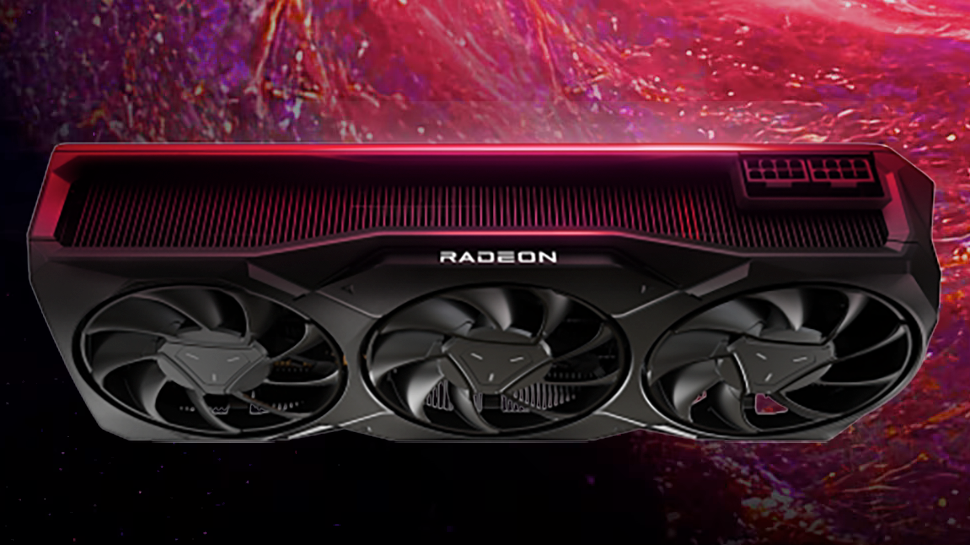@Kepler_L2has noticed that AMD had quietly added its upcoming RDNA 4-based"Navi 48" graphics processorto its ROCm Validation Suite. The addition indicates that AMD is laying some groundwork for its forthcoming Navi GPU, which could belong to theRadeonRX 8000 range and be among thebest graphics cardswhen launched.
When asked about possible specifications of the Navi 48 graphics chip, Kepler_L2repliedthat the GPU will likely pack four Shader Engines, which should be considered a rumor for now. Meanwhile, including the RDNA 4-based Navi 48 GPU in the ROCm software stack indicates that the company has taped out the chip and is prepping its software support.

For now, there is no official information about the Navi 48, but we can make some guesses.
In the case of AMD’s RDNA 3-series, a shader engine comprises 16 compute units packing 1024 stream processors (capable of 2048 FP32 FMA or 4096 FP32 OPs). Assuming that AMD’s RDNA 4 retains the existing organization of shader engines and compute units and that rumors about four shader endings cited by @Kepler_R2 are correct, Navi 48 will feature 4096 stream processors. That likely puts it into the mainstream/performance mainstream segment, though given the fact that we have no idea about its frequencies and other characteristics, take this assumption with a grain of salt.

Normally, one would think that if AMD adds a GPU to its compute-oriented ROCm software stack, then this graphics processor is aimed at a higher-end segment. Yet, since AMD seems to be adding even its integrated GPUs to ROCm, this addition is no longer an indicator of market positioning.
While initial Navi 48 support in the ROCm software stack is a clear indicator that AMD is promoting this GPU, it is still completely unclear when the company will be ready to launch it commercially.
Ironically, AMD marks its Navi 48 as Nv48, a graphics processor developed by Nvidia in 2004. That NV48 GPU was based on the Curie architecture and designed to be a lower-cost version of Nvidia’s NV40 GPU that powered Nvidia’s successful GeForce 6800-series graphics cards. Now, 20 years later, AMD seems to have its own Nv48.
Get Tom’s Hardware’s best news and in-depth reviews, straight to your inbox.
Anton Shilov is a contributing writer at Tom’s Hardware. Over the past couple of decades, he has covered everything from CPUs and GPUs to supercomputers and from modern process technologies and latest fab tools to high-tech industry trends.